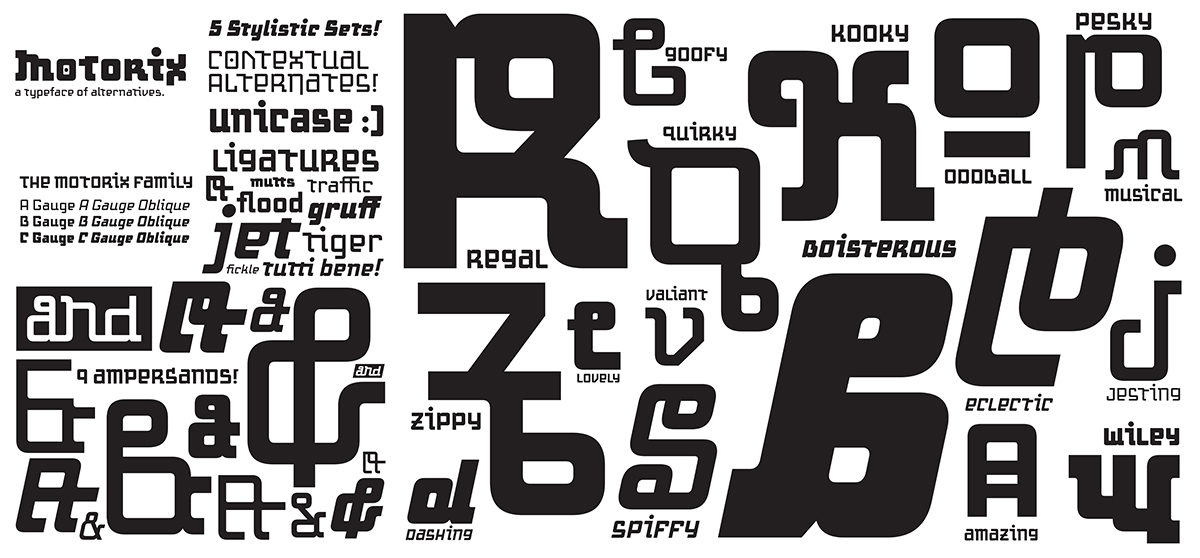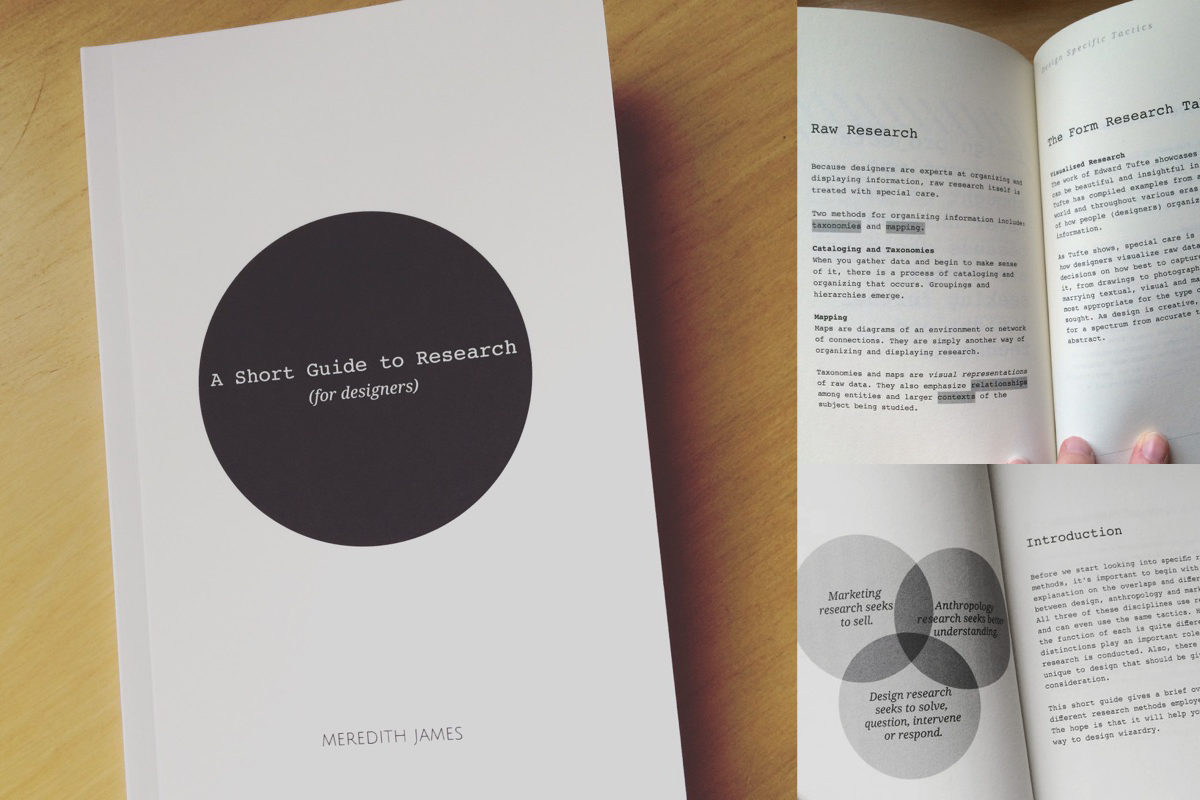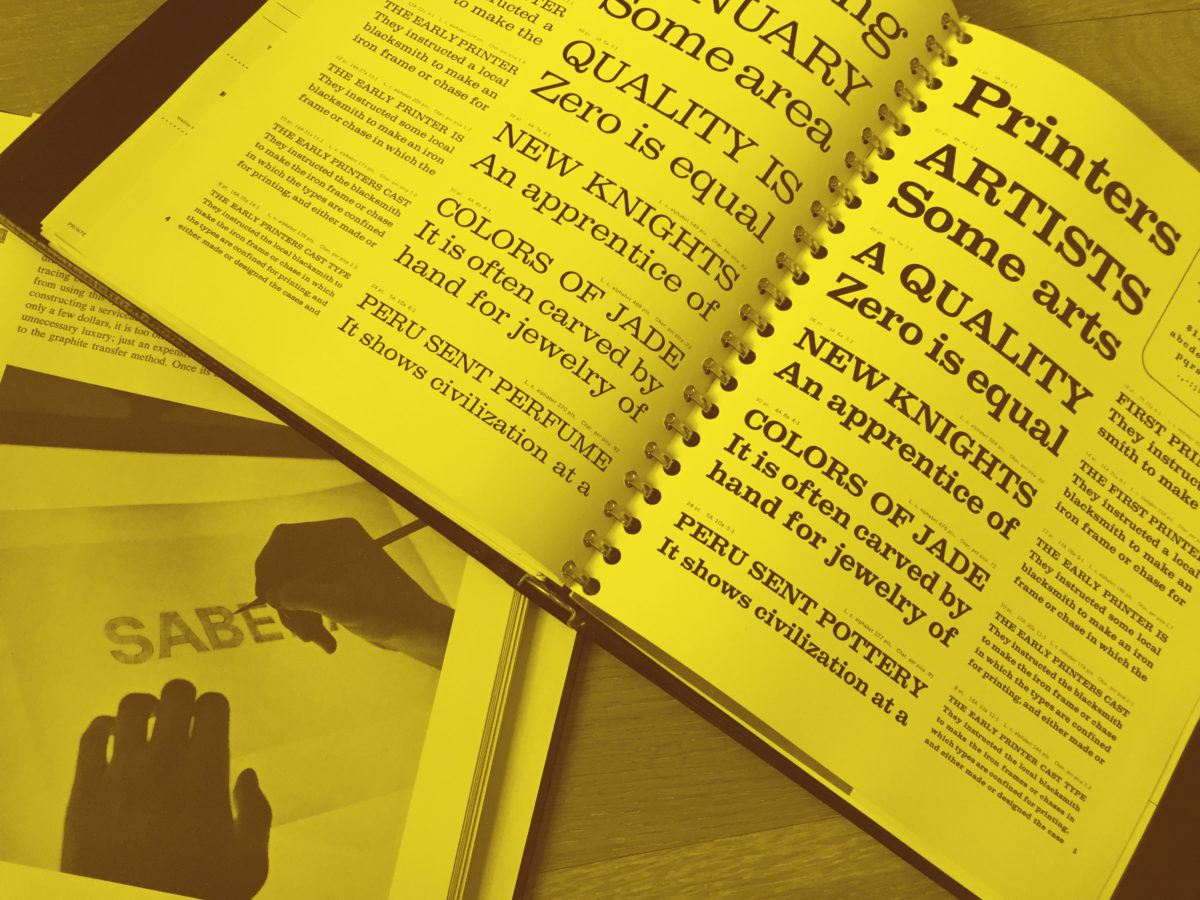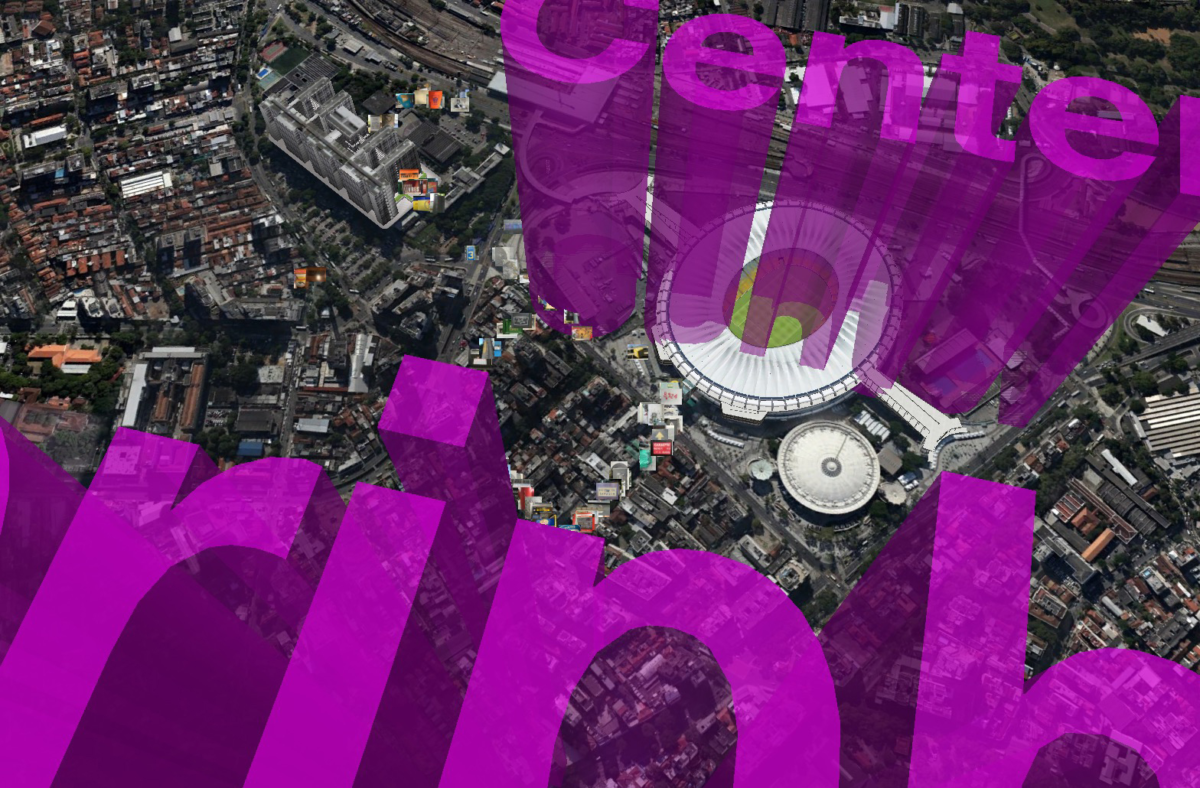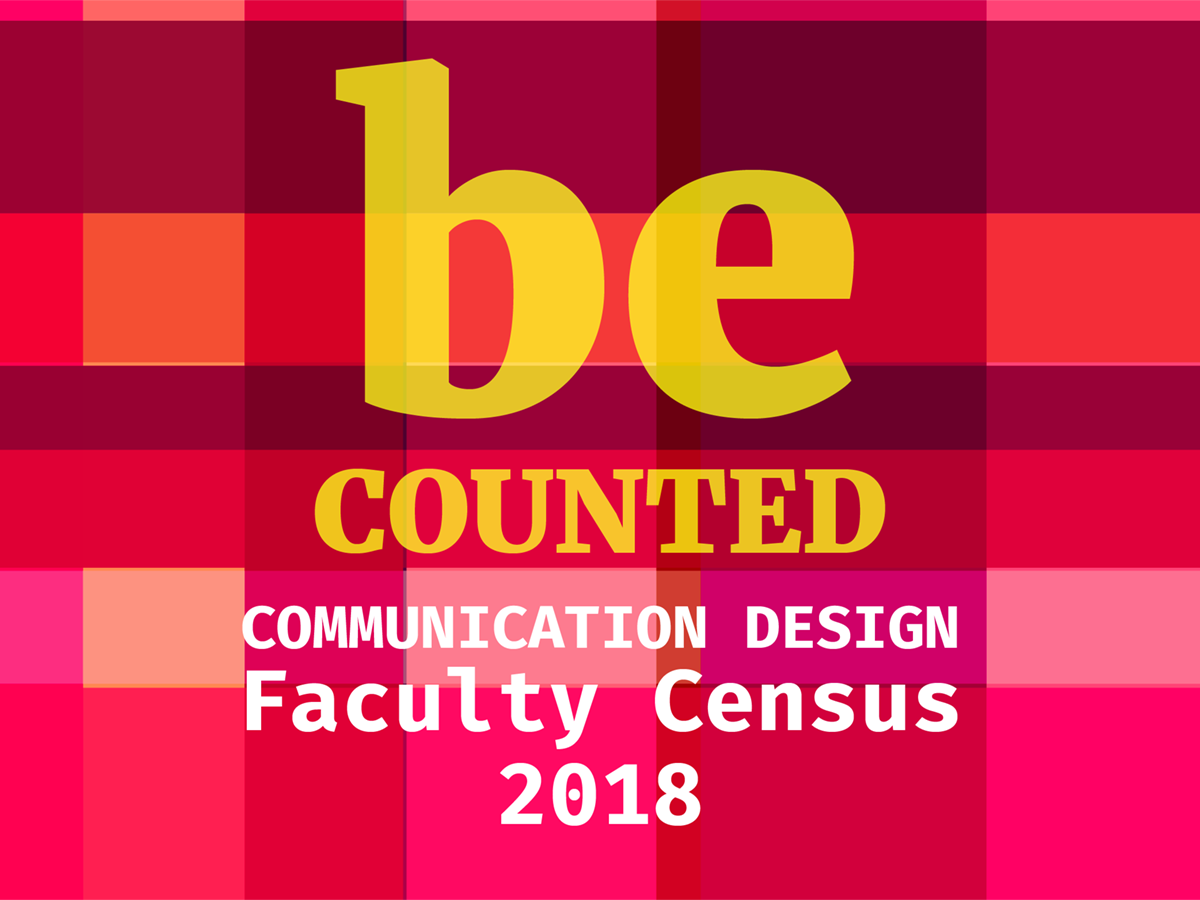Benson Cheung
Associate Professor
Technological and Higher Education Institute of Hong Kong (THEi)
Faculty of Design and Environment
Recent reports published in Hong Kong highlight the lack of experienced and competent designers in Hong Kong (Heskett, 2003; The DesignSmart Research Project, 2008; Cheung, 2015). Two possible reasons behind this problem are insufficient training provided to recent university graduates upon their transition into the workplace and the fact that academics and employers may not think they have a role to play in the transition. University-workplace transitions have been studied extensively around the world, with researchers pointing out that there is often a ‘learning gap’ between the two settings (Schein, 1972; Argyris & SchÖn, 1989; Eraut , 1994, 2007; Boshuizen, 2003; Tuomi-Grohn, Engestrom & Young, 2003; Smeby, 2007; Asian Development Bank, 2012). Thus, this paper aims to reveal on the professional training situation and stakeholders’ responsibilities (Academics; Employers; Design Professional Bodies) of Hong Kong communication design graduates for the first three years after graduation.
This study adopted the qualitative interview method. The interviewees consisted of seven academics; seven employers and eight graduate designers of communication design in Hong Kong. The findings confirm that there is a learning gap identified between the academia and professional practice settings. It was found that neither academics nor employers consider themselves as having the primary responsibility for providing training to graduates during the transition. Communication design graduates confirmed additional training at workplace was needed; as the scope of previous academic training was broad whereas workplace requirements were very specific. All stakeholders agreed that Hong Kong lacks competent communication designers and the employers confirmed that as an urgent need. Closer Collaboration between stakeholders (Academics; Employers; Design Professional Bodies) in terms of Hong Kong design policies are needed in training junior designers.
This research was presented at the Design Incubation Colloquium 4.2: CAA 2018 Conference Los Angeles on February 24, 2018.
